People think I am a nut about buying organic and the like for my family. It’s true. I wasn’t nicknamed the general for nothing and my strictness definitely doesn’t end when choosing food for everyone in my house… including the dogs. That’s why I thought it was important to help other parents and non parents to know that you can’t just buy “Organic” and think that your all good in the hood. No… there are 5 big misnomers about organic food and I am going to divulge them here
.
1. Non GMO vs 2. Organic
Non GMO translates to Genetically Modified Organisms. In a GMO food, scientists will take the gene of that food and remove a virus, bacterium, etc which then gets combined with another plants DNA to create the “perfect” plant. Because this they are able to create plants with the genetic makeup to sustain harsh environments, protect themselves from harmful pests, and the like. GMO’s have consistently been proven to be harmful to humans, animals, and the environment.
Organic, on the other hand, means foods that are produced without the use of man made fertilizers, pesticides, radiation, sewage waste, radiation, and GMO’s. But, for a product to be deemed organic, all but 5% of the product must contain organic ingredients. This means that a product that is “Organic” can still have traces of inorganic ingredients. Only products that are deemed “100% organic” must have 100% organic ingredients. Food for thought.
3. Free Range
This one is one of the biggest, I believe, misnomers when choosing ethical and healthy foods. Free-range is used so widely, I think that people automatically assume that this is a good choice. IT IS NOT. Free Range simply means that the birds have “access” to the outside world and the majority of the time, they don’t. As sited from www.upc-online.org:
“A visitor to Polyface Farm in Virginia wrote: “I toured Polyface on a sweltering day. Chickens were in tiny cages with tin roofs in the beating sun, panting like mad. The cages were located over manure piles the birds were supposed to eat larvae from. Rabbits were kept in factory-farm conditions in suspended, barren wire cages. There was no sign of freedom or compassion for these animals.”
Visitors to Springfield Farm in Sparks, Maryland reported: “The ‘free-range’ turkeys we saw were housed in a field in the freezing cold with no shelter except a small wooden tarp-covered structure only big enough for half of them. The others huddled together shivering in the weather. The farmer roughly grabbed the turkeys by their legs and held them upside down while they flapped their wings desperately to upright themselves. That is how he carried them.”
It’s not a good look. When buying any kind of meat from an animal that it is small enough to reside in a cage, the words to look for are “Pastured Raised” and “Humanely Raised”. Not even organic means anything anymore. It simply means that they are eating organic feed. It usually means they are not eating the bugs and grass they are meant to eat (which creates a better meat and means they are living like they are supposed to.. like animals).
4. Natural Flavors
This one drives me up the wall!! Basically “Natural Flavors” can be any chemicals combined with other naturally derived chemicals that create another flavor for the said food. The reason why they can call it “Natural” is because the chemical is not manmade. It’s maddening that a food company can basically classify any kind of chemical under this name because the combo of chemicals has one chemicals that wasn’t made in a laboratory. All I am saying is just be wary of any food that contains this mystery ingredient.
5. No rBST and Growth Hormones
Basically these drugs (known as recombinant bovine somatotropin (rbST) and recombinant bovine growth hormone (rbGH) are injected into cows so that they produce more milk. Make sense right? Well, with an increase of milk creates the increase in probability that the cow will get the bacterial infection Mastitis. This is not only horribly painful for the cow (if you are a human mom who has gotten this, you’ll understand how much it sucks) but you, as the consumer, will also be receiving this bacteria in your milk. Along with this particular bacteria in your milk, you will also be receiving the antibiotics that were given to the cow to fix the problem. GROSS…..
Wanna know the worst part? When dairy farmers put “No rBST or growth hormones” on their label:
“The Food and Drug Administration (FDA) does not verify labeling claims and does not require other third-party verification of this claim.” as per greenerchoices.org.
So basically they can be giving the cows, and you, this drug but tell you on the label that they aren’t. SHAAAAAAAADY
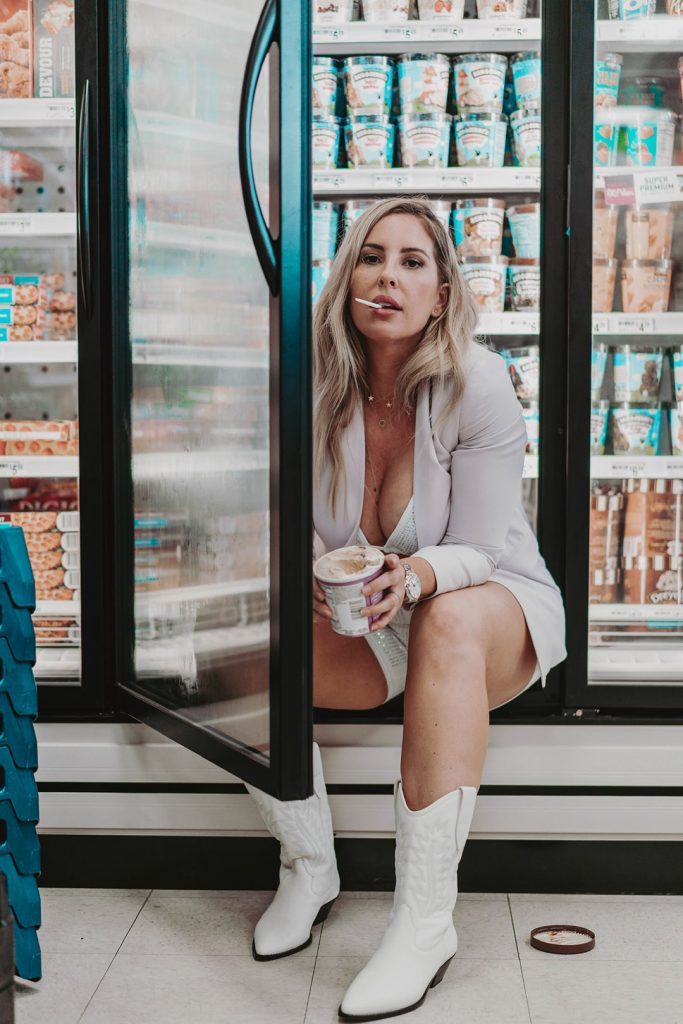
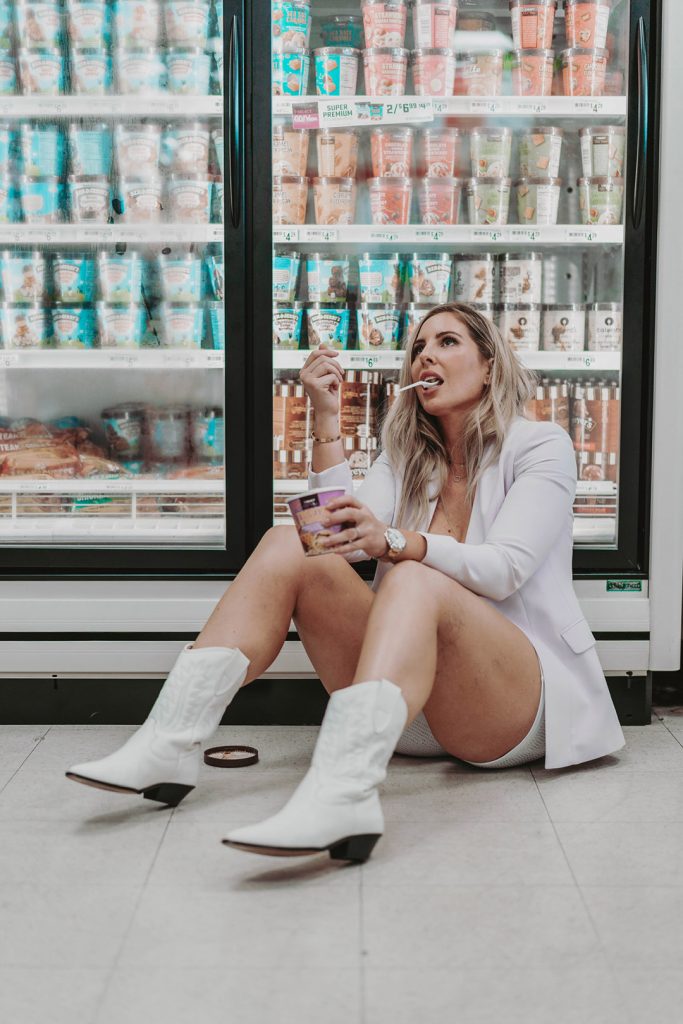
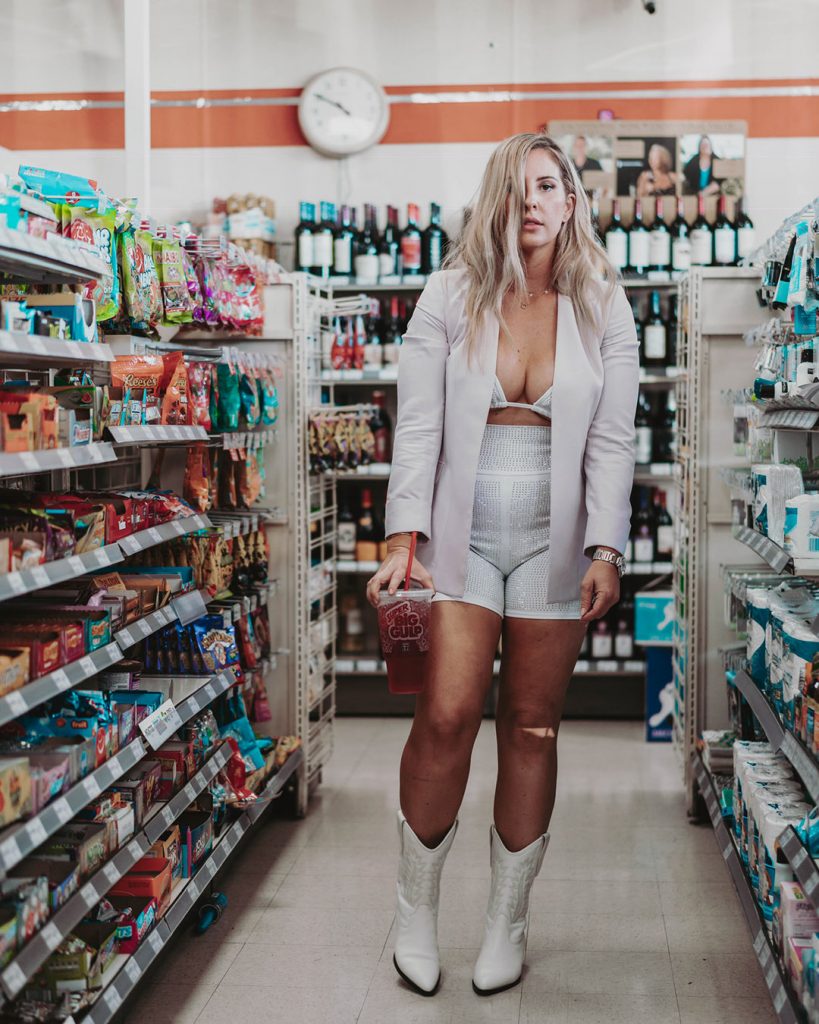
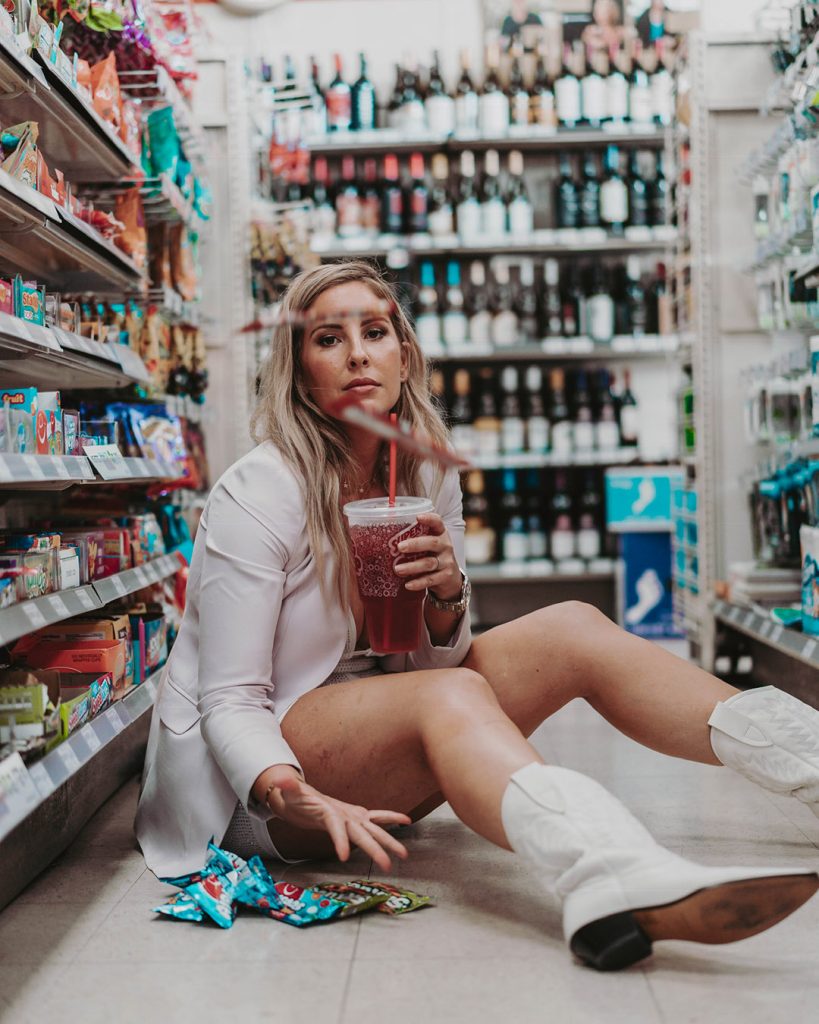

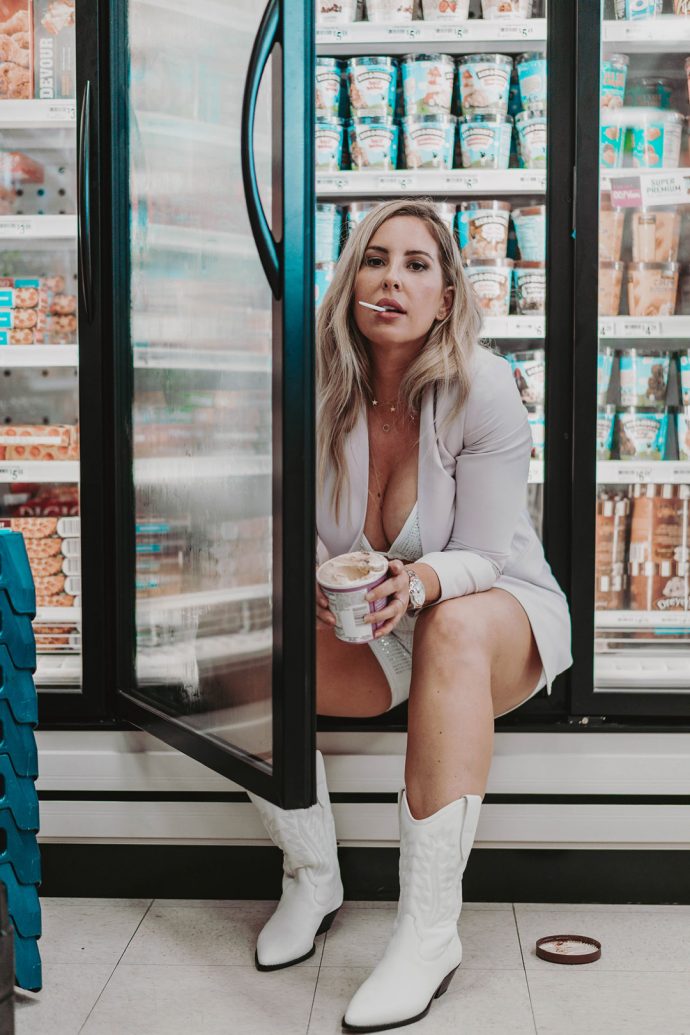



Leave a Comment